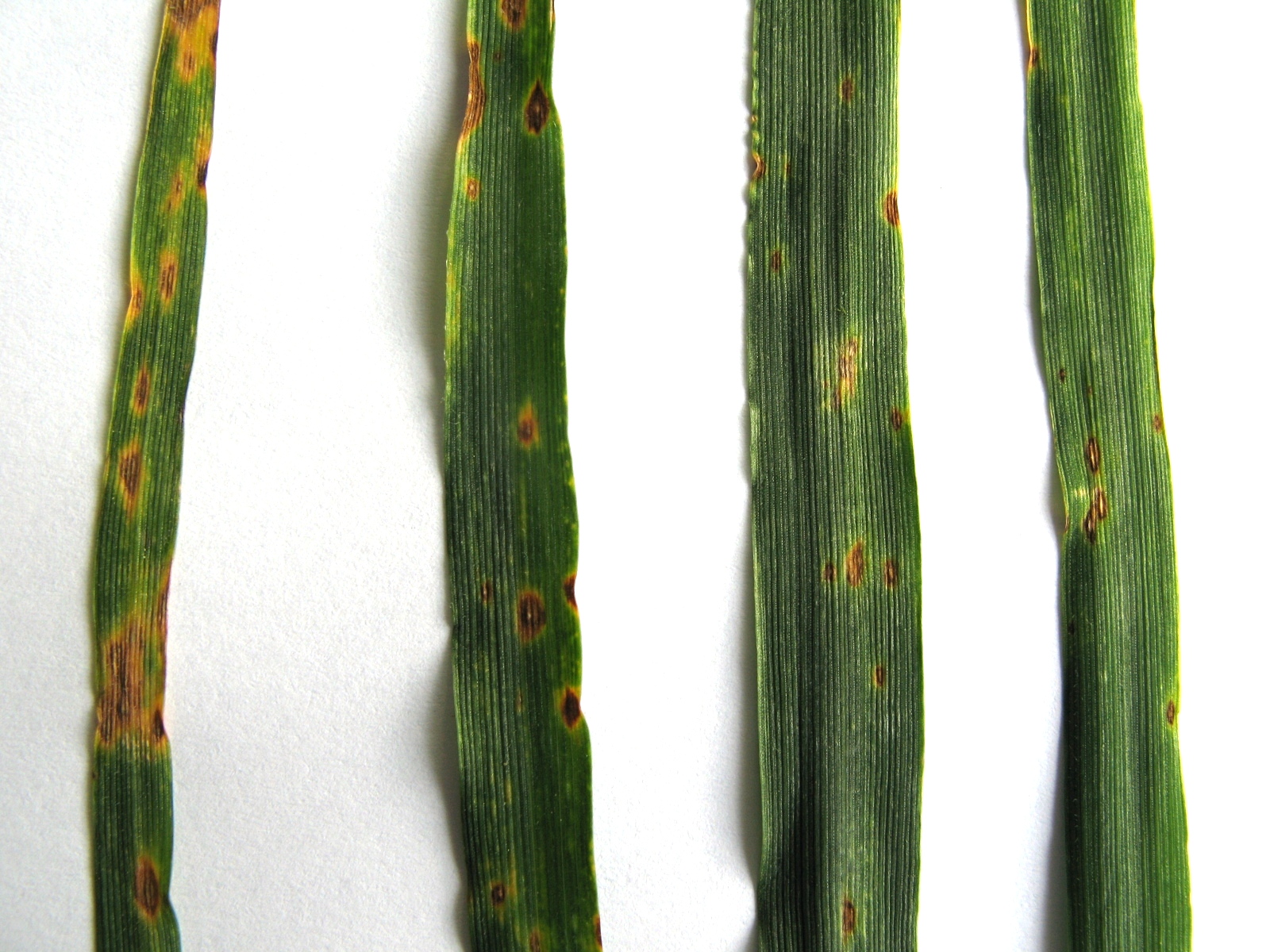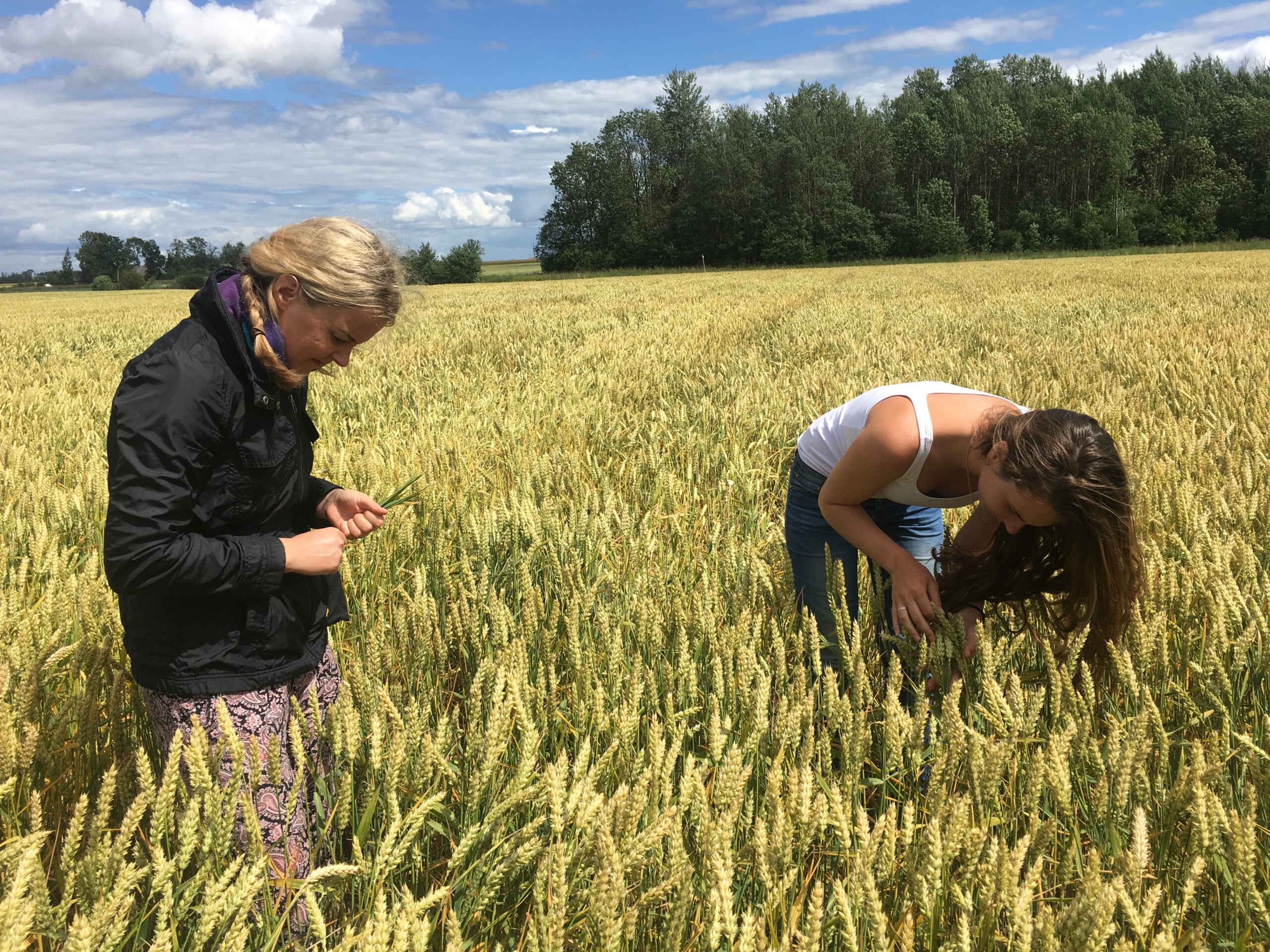What was the challenge/ problem that was addressed?
One of the main arable crops grown in Latvia is winter wheat. Wheat is also the biggest export product of Latvian plant production. The main objective of this project is to help conventional farmers improve winter wheat growing technology by improving one of the most difficult tasks: recognizing the risk factors, which provoke and promote different winter wheat leaf and ear diseases. The internet-based decision support system will be a tool for advisers and farmers to calculate potential winter wheat yield losses in different cropping systems and in different meteorological conditions. That will enhance the effective use of existing resources and increasing the profit of winter wheat growing.
How did you solve the problem?
Project activities involve setting up different winter wheat field trials and diseases monitoring trials and analyzing gathered data. The partnership is testing different fungicide application intensity and timings with traditional soil plowing system and soil minimum tillage system after two different pre-crops. 15 different winter wheat varieties are tested for disease sensitivity. Besides partnership is focusing on finding the right balance of different N fertilizers amount use and fungicide usage intensity. Additionally, greenhouse gasses are measured in this trial.
At the moment there are no analog decision-making support tools that would help farmers to identify winter wheat leaf and ear diseases and suggest appropriate treatment of the plants. New farmers with little knowledge in growing winter wheat have admitted that this tool would help them a lot to react earlier and hopefully gain economic benefit from applying fungicides less than they do that now.
What are the success factors in solving the problem?
Strong partnership (leading scientists, advisors, and open-minded farmers), possibility to develop the idea in the project proposal and apply for funds at the right time.
Unexpected fails, if any
Since the project started, each year was totally different from the weather perspective, therefore gathered data for the project period is not fully comparable at the moment.
Due to the global pandemic prices have raised significantly on IT programming works. It is hard to find a specialist who is willing to work for the budget foreseen in the project and the other thing is that if you find the specialist is he/ she is qualified enough to do the work within set deadlines.
IT specialists do not understand the needs of farmers well. We tried to solve this situation by bringing the IT team to trial fields and showing, and telling them what farmer expects from the decision-making support system by showing the exact examples of what farmer would search for, etc.
Lessons learned
- Weather conditions are so unpredictable – there are no two similar years therefore it is clear that it will not be enough with five years of trials to collect reliable data.
- Farmers should be involved in the early stage drafting of this decision-making support system to make it as user-friendly as possible.
- Programming works take longer than expected.
- IT team should be well informed and aware about the problems farmers are facing and know how to solve them with the product they are progarmming.
What role does the advisor or advisory service play within the practical case?
During the years of work, the advisor was the person who identified the problem which is being solved within the EIP project “Development of a decision support system for the management of leaf and ear diseases in winter wheat”. Now in close cooperation with farmers and scientists gathered data has been analyzed and reliable algorithms created. The next step is to create a demo version of the decision-making system which can be presented to farmers for testing. Besides focus groups of farmers are being organized to gather information on the best functional solutions. So in general, the advisor acts as a facilitator and the bridge between scientists and farmers.
Can your approach be transferred and/or adapted for other innovation challenges and regions?
Yes
Estimated transferability on a scale from 1 to 5
(where 1 is easy and 5 very difficult)
3
For sharing the experience on the good practice, please contact Oskars Balodis (oskars.balodis[at]llkc.lv)
www.veselsaugs.lv www.llkc.lv

